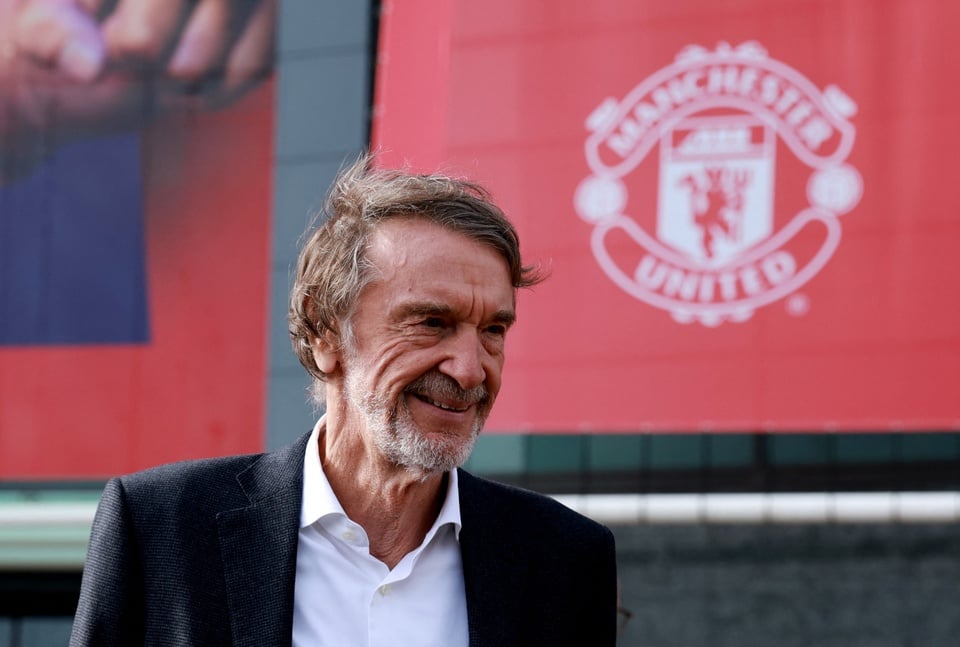 |
Amorim decided to create a refining reaction against MU. |
Jim Ratcliffe grew up in the chemical industry. He studied chemistry at the University of Birmingham, before completing an MBA at London Business School. Ratcliffe's career began at Exxon and then moved to chemical company Courtaulds.
It was his engineering background combined with his financial thinking that helped him build INEOS, turning a small business into the world's largest private chemical group. However, Ratcliffe now faces the most "difficult problem" of his career - the mess at Old Trafford.
“These are things from the past – whether we like them or not, we have to bear them and deal with them,” Sir Jim Ratcliffe, co-owner of Manchester United, said half a year ago. At that time, he was talking about the transfer fees that Manchester United had incurred before he bought the shares, but were still having to pay.
The mess at Old Trafford
When Ratcliffe took over, in March 2024, Manchester United’s net transfer debt was £271.1m. By the end of June 2025, that figure had risen to £344.5m – an increase of £73.4m, or 27%, in just a few months of his and INEOS’s control.
And that's just the tip of the iceberg. After June, Manchester United spent another £92.1 million net on transfers. In total, since Ratcliffe arrived at Old Trafford, in just 19 months, the club has spent £510.8 million on 10 new faces such as Benjamin Sesko, Bryan Mbeumo, Matheus Cunha, Matthijs de Ligt or Noussair Mazraoui...
Ratcliffe cannot be blamed for the fact that if you want to create a finished product, you have to spend money on good raw materials, no matter how expensive. That is the principle of chemistry, and also the principle of football or any business. Only when you have all the raw materials can you consider carrying out the reaction.
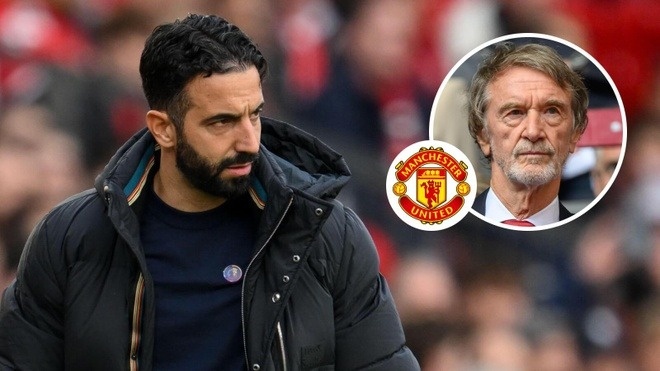 |
| Ratcliffe bet his reaction all-in on Amorim. |
In the lab, before reacting, a chemist must analyze each substance in the mixture. Similarly, Ratcliffe must decipher the Old Trafford “mix”: transfer debt, high player wages, large but unstable revenue.
Remove impurities
A successful response requires refining the ingredients. For Manchester United, that means cutting wages and selling players who no longer contribute. Of course, there are errors that lead to letting go of players who are still useful.
Indeed, they made £69.8m from the sales of Scott McTominay, Mason Greenwood and Aaron Wan-Bissaka. Between July and September, Manchester United pocketed another £75.7m from the sales of Alejandro Garnacho, Antony and the resale fees from former players like Anthony Elanga.
Meanwhile, Manchester United's 2024/25 wage bill is set at £313.3 million, the lowest since the Premier League was founded, and the fifth in England. This is a rare occasion when Manchester United is no longer at the top of the list in terms of personnel costs.
Like removing impurities from a solution, Manchester United gradually removed the excess costs to prepare for a “cleaner” reaction. Unfortunately, there were still some “good things” that were mistakenly thrown in, perhaps due to Ratcliffe’s lack of experience.
Searching for a catalyst
In chemistry, a reaction often requires a catalyst to make it happen faster and more efficiently. For Manchester United, the catalyst is new capital. The club has started to take advantage of revolving credit facilities (RCFs) - which have existed for years but had never been used before the Covid-19 pandemic.
After June 2025, they consolidated these loans into a single package, increasing the limit from 50 million pounds to 350 million pounds, and borrowed an additional 105 million pounds on top of the 160 million pounds they already owed. As of last week, total short-term borrowing had reached 265 million pounds.
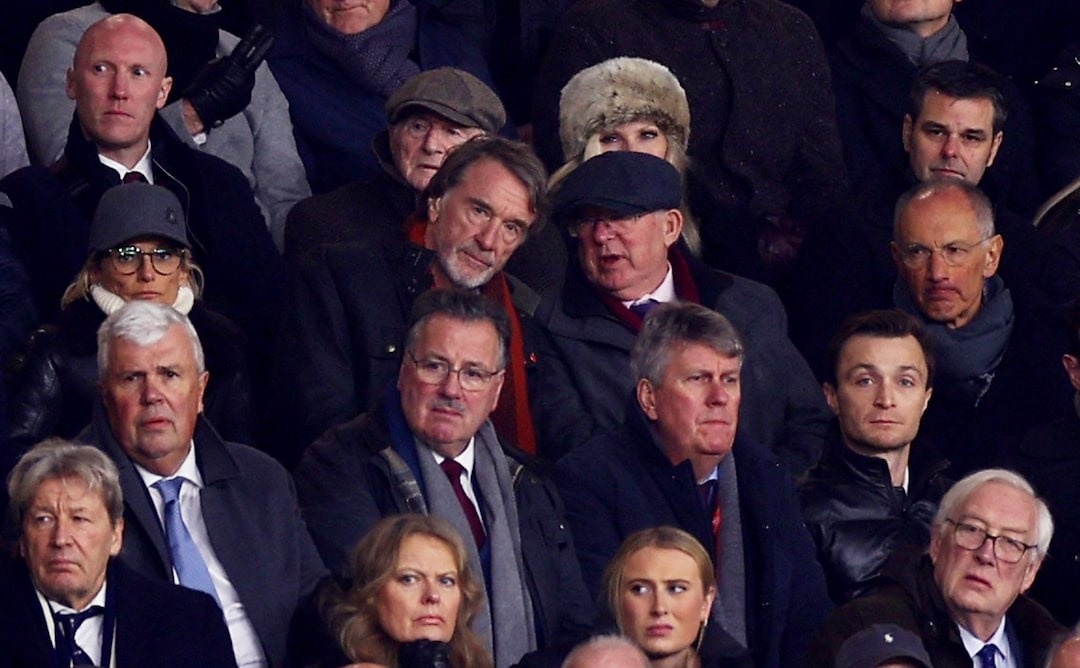 |
Amorim cut Sir Alex Ferguson's allowance to save money. |
Adding in long-term USD debt, Manchester United’s total debt now stands at £750.2m, close to the record £773.3m of 2009/10. Clearly, capital inflows – whether from INEOS, RCFs or new loans – are the “catalyst” Ratcliffe needs to keep the finances flowing during the restructuring period.
To ensure a stable process, every chemical reaction requires an intermediate compound before reaching the final product. For Manchester United, this means balancing expenditure and revenue and maintaining a viable cash flow.
Revenue for 2024/25 is £666.5m, boosted by matchday and commercial activity. But management has forecast a fall of £7m-£27m next season. Meanwhile, interest costs alone were £35.7m last season, including around £24m from long-term debt and almost £12m from short-term borrowing.
When is the final product?
Ratcliffe's ultimate goal is not just to restructure the finances, but to build a sustainable and winning Manchester United. However, challenges remain: pressure from fans, increasingly strict financial fair play rules, and interest eating into profits.
Ratcliffe brought to Old Trafford the mindset of a chemist: analysis, purification, catalysis, intermediate stabilization, and then the final product. His experiment lasted for years, and could not produce a “precipitate” overnight. And the experiment could also fail because of too much error.
But if the moves are carefully managed, we could see a Manchester United that is both financially stable and back at the top of Europe – a successful response to nearly two decades of misguided experimentation.
As for the final product, the championship title, it is difficult to predict how long it will take. It depends on the purity of the input compound (the existing force), on the experts (the coaching team) and the surrounding environment (the level of the opponents). And to react successfully, sometimes luck is needed.
Source: https://znews.vn/cach-ong-trum-hoa-chat-ratcliffe-quyet-tinh-che-mu-post1586821.html





![[Photo] Prime Minister Pham Minh Chinh chairs meeting to deploy overcoming consequences of storm No. 10](https://vphoto.vietnam.vn/thumb/1200x675/vietnam/resource/IMAGE/2025/10/3/544f420dcc844463898fcbef46247d16)
![[Photo] Students of Binh Minh Primary School enjoy the full moon festival, receiving the joys of childhood](https://vphoto.vietnam.vn/thumb/1200x675/vietnam/resource/IMAGE/2025/10/3/8cf8abef22fe4471be400a818912cb85)
![[Infographic] Notable numbers after 3 months of "reorganizing the country"](https://vphoto.vietnam.vn/thumb/1200x675/vietnam/resource/IMAGE/2025/10/4/ce8bb72c722348e09e942d04f0dd9729)
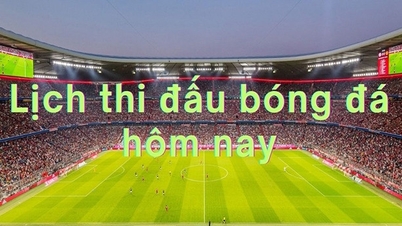

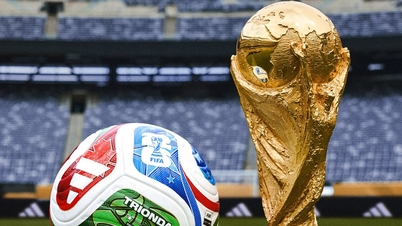
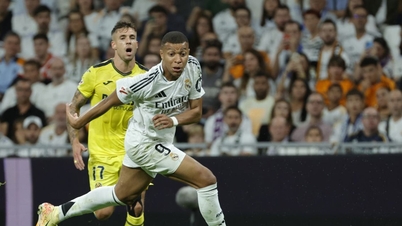
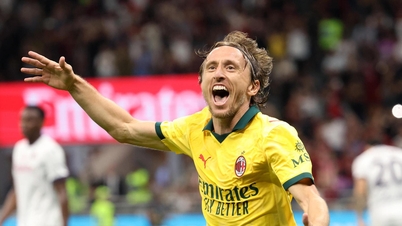








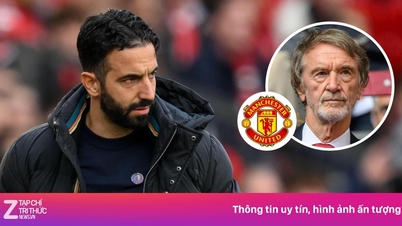


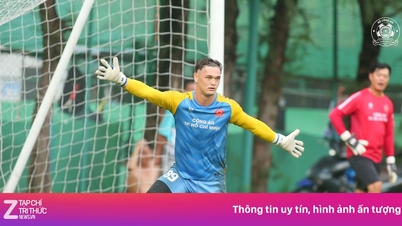
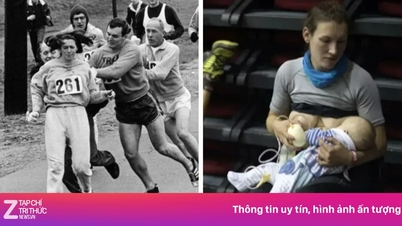



































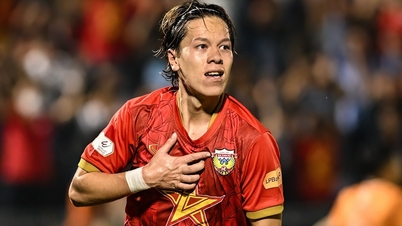
![[Infographic] Notable numbers after 3 months of "reorganizing the country"](https://vphoto.vietnam.vn/thumb/402x226/vietnam/resource/IMAGE/2025/10/4/ce8bb72c722348e09e942d04f0dd9729)














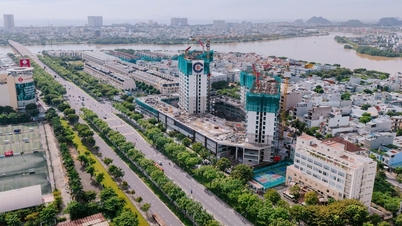

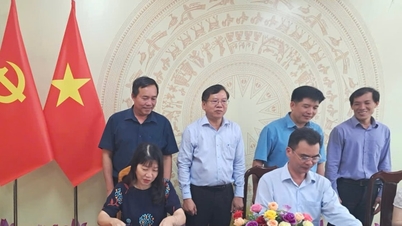

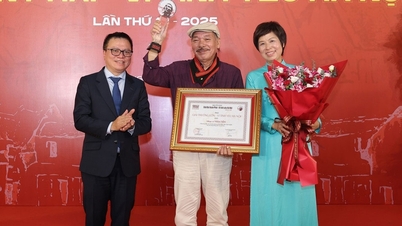


















Comment (0)